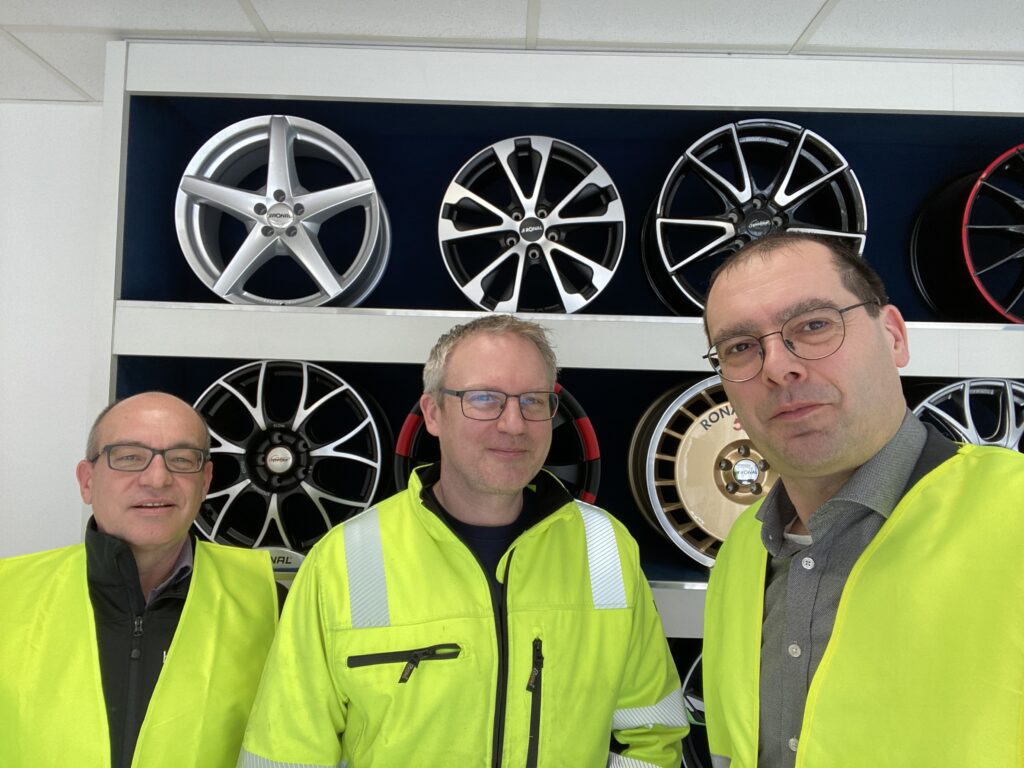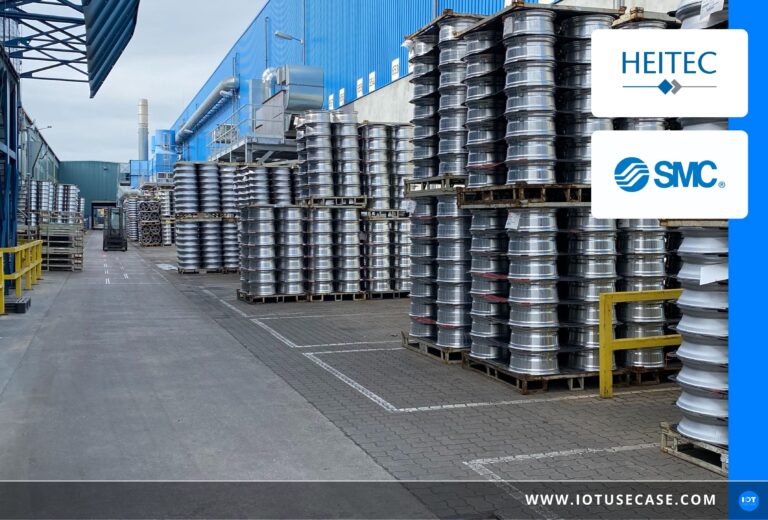Compressed air is an important energy carrier in industry, but has an efficiency of only 10-15 percent. HEITEC PTS GmbH, together with SMC Deutschland GmbH, developed an IoT-based monitoring system that detects leaks and energy losses.
The challenge: 90 percent of the energy used is lost
Compressed air is an important energy carrier in industry and is widely used. Some examples: Compressed air powers impact wrenches or nail guns. In pneumatic cylinders, it enables precise movements in manufacturing plants. It is also used for combustion processes, cleaning equipment or atomizing liquids or powders.
However, compressed air has an energy efficiency of only 10-15 percent on average. The large remainder of the energy used is lost, partly as waste heat from the compressors. Another part of these losses is caused by leakages in the compressed air systems. For example, experts estimate that up to 30 percent of the total consumption of compressed air escapes through leaks.
Most companies are aware of this problem, but manual inspections are hardly possible in the hectic daily industrial routine. Thus, a large proportion of leaks remain undetected. In contrast, an IoT-based automatic monitoring system that identifies leaks by analyzing data from the entire compressed air system offers support.
The solution: Analyzing machine data and process data together and detecting energy losses
Analyzing the overall plant condition
The core of the monitoring system is the cloud application that collects, evaluates and displays data. It offers two possibilities in particular: First, it not only processes status data of the machines, but also accesses other data, for example from the PLCs and the ERP. This makes it possible to compare information from production with the status data of the machine. Secondly, the recording of data runs for any length of time, allowing long-term trends to be discovered in the first place. An example of this would be a minimal drop in performance that is not noticeable in the short term, but over several months brings significant energy losses. Both together enable the company to analyze the condition of a factory plant much more accurately. For example, produced quantities and operating hours from the PLC can be combined with consumption data to make an overall assessment of the manufacturing process. An example: The software calculates the compressed air consumption per manufactured alloy wheel and displays it in a trend diagram. Problems become visible here at a glance. But that’s not all; the data obtained in this way can also be used for other purposes, such as calculating the carbon footprint of a product.The result: Energy monitoring as a new business model
For the manufacturer of alloy wheels, the new service offers a deep insight into its production processes and helps to save energy and reduce costs. For HEITEC PTS GmbH, the automotive project was a first step towards a new service: energy monitoring for all industries and based on the plug-and-play principle. Ultimately, the system can be used for any machine thanks to the variety of sensors.
Data analysis enables optimization of the overall process in industrial production by revealing correlations between different variables. Continuous monitoring of the processes generates valuable insights for the companies involved. Ultimately, such a system also allows the use of real data for the calculation of sustainability data such as CO2 equivalents. This option supports companies in complying with the new legal rules on sustainability reporting.










